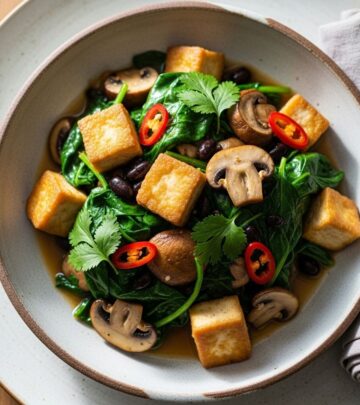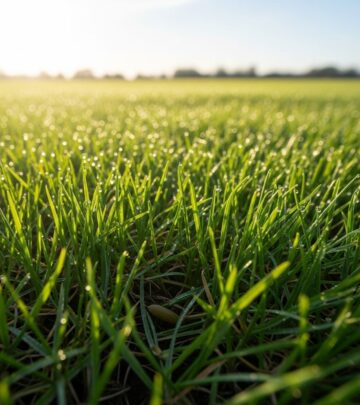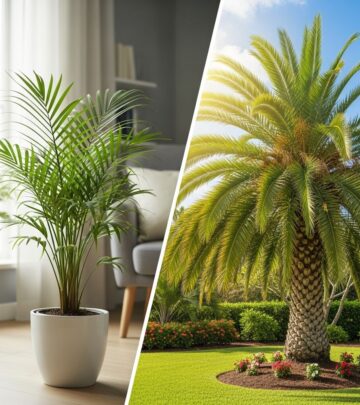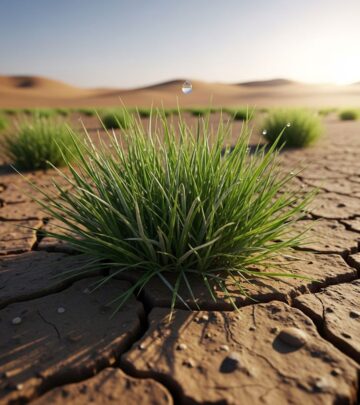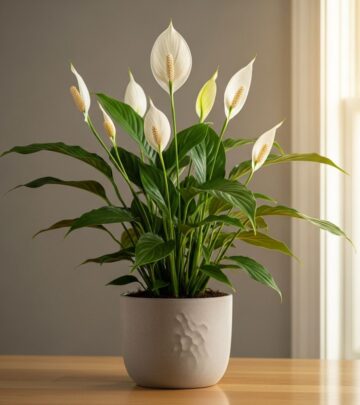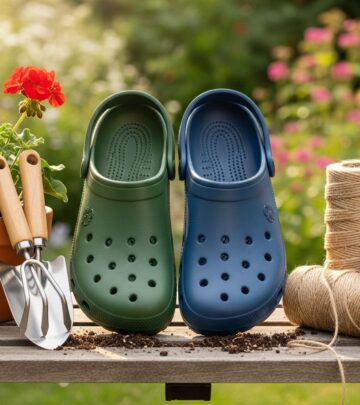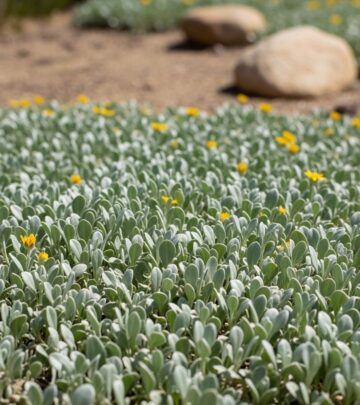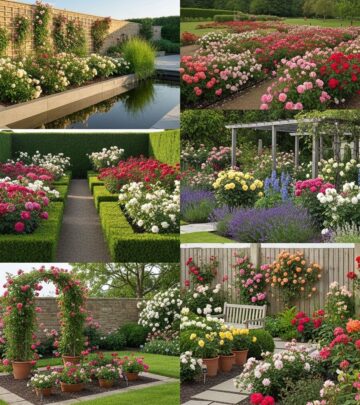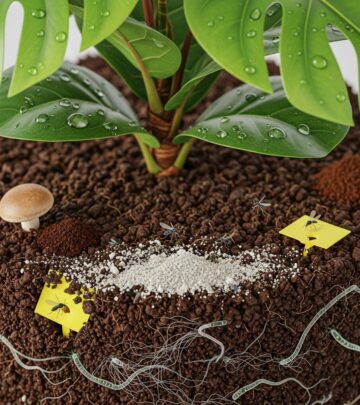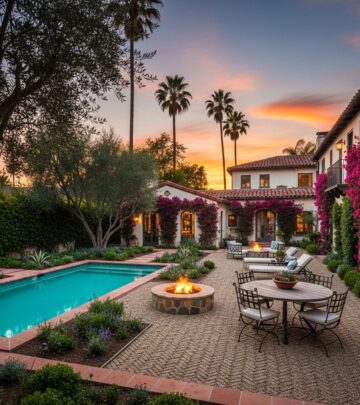Front Yard Landscaping Ideas: Expert Guide To Boost Curb Appeal
Enhance your home's entrance with vibrant designs that captivate and impress visitors.
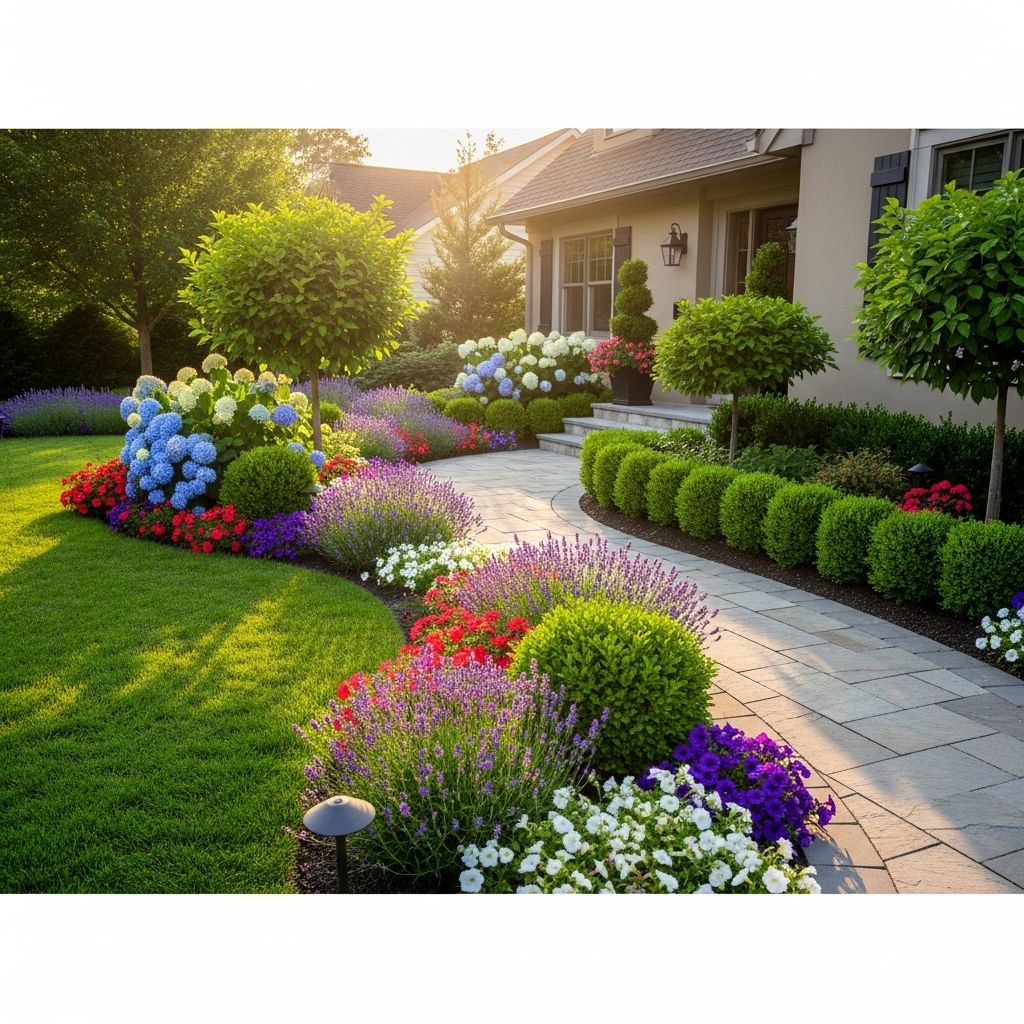
Image: HearthJunction Design Team
Transform Your Front Yard: Expert Landscaping Ideas to Maximize Curb Appeal
Your front yard makes the first impression of your home. It’s not just about aesthetics—a well-designed front landscape creates a welcoming atmosphere, establishes your home’s character, and can significantly increase property value. Whether you’re starting from scratch or refreshing an existing landscape, thoughtful planning and design can transform your front yard into a stunning showcase that reflects your personal style while complementing your home’s architecture.
This comprehensive guide explores essential principles for creating an impactful front yard landscape, from understanding basic design concepts to selecting the right plants and hardscaping elements that will thrive in your specific conditions.
Front Yard Landscape Design Basics
Creating a cohesive front yard starts with understanding fundamental design principles that professionals use to craft beautiful outdoor spaces. These concepts will help you develop a landscape that feels intentional and harmonious.
Balance and Proportion
Balance in landscape design refers to the visual equilibrium of elements across your yard. While formal landscapes often feature symmetrical balance (mirror images on either side of a central axis), informal designs utilize asymmetrical balance, where different elements create visual weight that feels evenly distributed despite not being identical.
Proportion concerns the size relationship between different landscape elements and your home. Oversized plants can overwhelm a modest house, while tiny features might look insignificant beside a large façade. The scale of your plantings, walkways, and decorative elements should complement your home’s dimensions.
Focal Points and Visual Flow
Every effective landscape needs focal points—features that naturally draw the eye and create visual interest. In front yards, the entryway often serves as the primary focal point, but architectural elements, specimen plants, or decorative features can also fulfill this role effectively.
Creating clear visual paths helps direct attention through your landscape. These sightlines can be literal (like walkways) or implied through the arrangement of plants and hardscape elements, guiding visitors toward your front door or highlighting special features of your yard.
Unity and Rhythm
Unity comes from using consistent elements throughout your landscape. Repeating certain plants, colors, or materials creates cohesiveness while preventing a chaotic appearance. Strategic repetition establishes rhythm in your design, making the landscape feel harmonious and intentional rather than random.
Planning Your Front Yard Landscape
Before purchasing plants or materials, take time to develop a thoughtful plan that addresses your specific needs, site conditions, and aesthetic preferences.
Assess Your Needs and Goals
Begin by identifying what you want from your front yard. Consider practical functions like providing privacy, creating clear pathways to your door, establishing outdoor living spaces, or reducing maintenance requirements. Also think about aesthetic goals—do you prefer formal elegance, natural woodland charm, or modern minimalism?
Take honest stock of your maintenance capacity as well. Beautiful designs that demand more upkeep than you can provide will eventually deteriorate, diminishing rather than enhancing your home’s appearance.
Analyze Your Site
Understanding your property’s specific conditions is crucial for successful landscaping. Document the following aspects of your yard:
- Sun exposure throughout the day in different areas
- Soil type and quality (consider getting a soil test)
- Drainage patterns and potential problem areas
- Existing vegetation worth preserving
- Climate considerations including hardiness zone and seasonal changes
- Architectural style of your home
These observations will guide appropriate plant selection and help determine where hardscaping elements should be placed for both aesthetic appeal and practical function.
Create a Conceptual Plan
Sketch your property, including the house footprint, existing trees, property lines, and other permanent features. Then experiment with different arrangements of planting beds, pathways, and decorative elements. Many homeowners find it helpful to develop this plan in layers, starting with trees and structural elements, then adding shrubs, perennials, and finally seasonal accents.
Consider how your landscape will evolve over time, as plants mature and seasonal changes occur. The best landscapes look good year-round, not just during peak flowering periods.
Front Yard Landscape Styles
Your landscaping style should complement your home’s architecture while reflecting your personal taste. Here are some popular approaches to front yard design:
Formal Landscape Design
Characterized by geometric layouts and symmetrical plantings, formal landscapes create a sense of order and elegance. This style works particularly well with traditional, colonial, or classical architecture.
Key elements of formal front yard landscapes include:
- Symmetrical arrangement of plants and features
- Clearly defined geometric planting beds
- Carefully trimmed hedges and topiaries
- Limited color palette (often emphasizing white flowers)
- Straight walkways and paths, often with brick or stone pavers
- Classical ornaments and water features
Maintenance requirements tend to be higher for formal landscapes, as they require regular pruning and precise upkeep to maintain their structured appearance.
Natural and Informal Landscapes
Natural landscapes celebrate organic forms and flowing lines, creating a more relaxed atmosphere that blends with the surrounding environment. These designs work beautifully with cottage-style homes, craftsman architecture, or contemporary structures in natural settings.
Characteristics include:
- Curved, flowing planting beds with soft edges
- Mixed plantings with varied textures and heights
- Native plant species arranged in naturalistic groupings
- Winding pathways that invite exploration
- Natural materials like fieldstone or gravel
- Less rigid maintenance requirements
Modern Landscape Design
Modern front yards emphasize clean lines, bold geometric forms, and a minimalist approach to plantings. This style complements mid-century modern, contemporary, and architectural homes wonderfully.
Distinctive features include:
- Strong architectural lines and right angles
- Limited plant palette used in mass plantings
- Bold contrasts in texture, form, and color
- Contemporary materials like concrete, metal, and glass
- Negative space as an intentional design element
- Dramatic lighting to emphasize structure
Sustainable and Ecological Landscapes
Increasingly popular, sustainable front yard designs focus on environmental benefits while reducing resource consumption. These landscapes can be adapted to any architectural style while promoting ecological health.
Key components include:
- Native plants adapted to local conditions
- Reduced or eliminated lawn areas
- Rain gardens and bioswales to manage stormwater
- Permeable paving materials
- Habitat features for pollinators and wildlife
- Efficient irrigation systems or rain-dependent designs
Essential Elements for Front Yard Landscapes
Regardless of your chosen style, certain elements are fundamental to creating a successful front yard landscape.
Foundation Plantings
Plants that frame and soften your home’s foundation create a visual transition between the structure and surrounding landscape. Modern foundation plantings have evolved beyond the traditional row of evergreen shrubs to include varied heights, seasonal interest, and architectural elements.
Consider these principles for effective foundation plantings:
- Use taller plants at corners and shorter ones near entrances
- Include a mix of evergreen and deciduous species for year-round interest
- Allow adequate space between plants and your home’s foundation (typically 2-3 feet)
- Select plants that won’t outgrow their space at maturity
- Create layers with different heights and textures
Entryway Enhancement
Your front entrance deserves special attention as the focal point of your landscape. A well-designed entryway not only welcomes visitors but also provides a clear visual cue to your home’s main access point.
Effective strategies include:
- Frame the door with balanced plantings or architectural elements
- Use container gardens to add seasonal color
- Incorporate lighting for safety and ambiance
- Create a generous landing area at the door
- Consider adding seating if space allows
Walkways and Pathways
Functional yet beautiful pathways guide visitors to your entrance while adding structure to your landscape. The materials, width, and layout of your walkways should complement your home’s architecture and landscape style.
Design considerations include:
- Minimum width of 4 feet for main walkways
- Material selection that complements your home (brick, stone, concrete, gravel)
- Proper drainage to prevent ice buildup or puddling
- Lighting for safe navigation after dark
- Interesting borders or edging to define paths
Trees and Structural Plants
Trees provide essential structure, shade, and vertical interest in front yard landscapes. They frame views, enhance privacy, and connect your home to the broader environment. Selecting the right trees requires careful consideration of mature size, growth habit, and site conditions.
Popular front yard tree options include:
- Ornamental trees like dogwood, redbud, or Japanese maple for smaller spaces
- Shade trees positioned to reduce cooling costs in summer
- Evergreen species for year-round screening
- Trees with multiple seasons of interest (spring flowers, fall color, winter bark)
Plant Selection for Front Yard Success
Choosing appropriate plants is perhaps the most crucial aspect of creating a beautiful, sustainable front yard. Beyond aesthetic considerations, plants must be suited to your specific growing conditions to thrive with minimal intervention.
Right Plant, Right Place
This fundamental principle of successful landscaping means matching plants to the conditions where they’ll naturally thrive. Consider sunlight requirements, soil preferences, moisture needs, and mature size when selecting plants for different areas of your yard.
Group plants with similar needs together to create efficient planting zones. This practice, known as hydrozoning, allows you to irrigate appropriately without wasting water on plants with different requirements.
Year-Round Interest
The best front yards look attractive in every season, not just during peak flowering periods. Create a planting plan that incorporates:
- Spring-flowering bulbs and trees
- Summer-blooming perennials and shrubs
- Fall foliage and berries
- Winter interest through evergreens, ornamental grasses, and plants with attractive bark or structure
Low-Maintenance Options
For many homeowners, reducing maintenance requirements is a priority. These strategies can help create beautiful landscapes that demand less time and resources:
- Choose native or adapted plants that thrive with minimal intervention
- Use mulch to suppress weeds and retain soil moisture
- Install efficient irrigation systems with smart controllers
- Limit lawn areas to what’s actually needed and used
- Select disease-resistant plant varieties
Frequently Asked Questions
Q: How much should I budget for front yard landscaping?
A: Professional landscaping typically costs between 5-10% of your home’s value for a complete installation. DIY approaches can reduce costs significantly, though results may take longer to achieve. Focus your budget on quality hardscaping elements and larger specimen plants that create immediate impact.
Q: When is the best time to start a front yard landscaping project?
A: Planning can happen year-round, but installation timing depends on your climate. Fall and spring generally offer ideal planting conditions in most regions. Hardscaping can often be installed during good weather in any season.
Q: How can I create privacy in my front yard without building a tall fence?
A: Layered plantings of different heights create natural screens. Consider a combination of deciduous and evergreen shrubs, ornamental grasses, and small trees positioned strategically to block sightlines. Trellises with climbing plants can also provide vertical screening in narrow spaces.
Q: What are the best low-maintenance plants for front yards?
A: Native plants adapted to your specific region typically require the least maintenance once established. Drought-tolerant perennials, ornamental grasses, and slow-growing evergreen shrubs are excellent low-maintenance choices for most front yards.
Q: How do I create curb appeal on a limited budget?
A: Focus on high-impact, low-cost improvements: fresh mulch in planting beds, a newly painted front door, updated house numbers and lighting fixtures, and strategic placement of container gardens near the entrance. Even simple edging around existing beds can dramatically improve your landscape’s appearance.
Your front yard landscape represents both a personal expression of style and a significant investment in your property’s value. By applying these design principles and selecting appropriate elements for your specific site, you can create a front yard that welcomes visitors, complements your home’s architecture, and provides enjoyment for years to come.
References
- https://www.bhg.com/gardening/design/styles/planning-your-front-yard-landscape/
- https://www.lowes.com/n/ideas-inspiration/front-yard-landscaping-ideas
- https://www.youtube.com/watch?v=PB-tqDTodD0
- https://yardzen.com/yzblog/landscaping-ideas-for-every-style
- https://bowerandbranch.com/blogs/landscape-design/front-yard-landscaping-tips
Read full bio of Anjali Sayee


